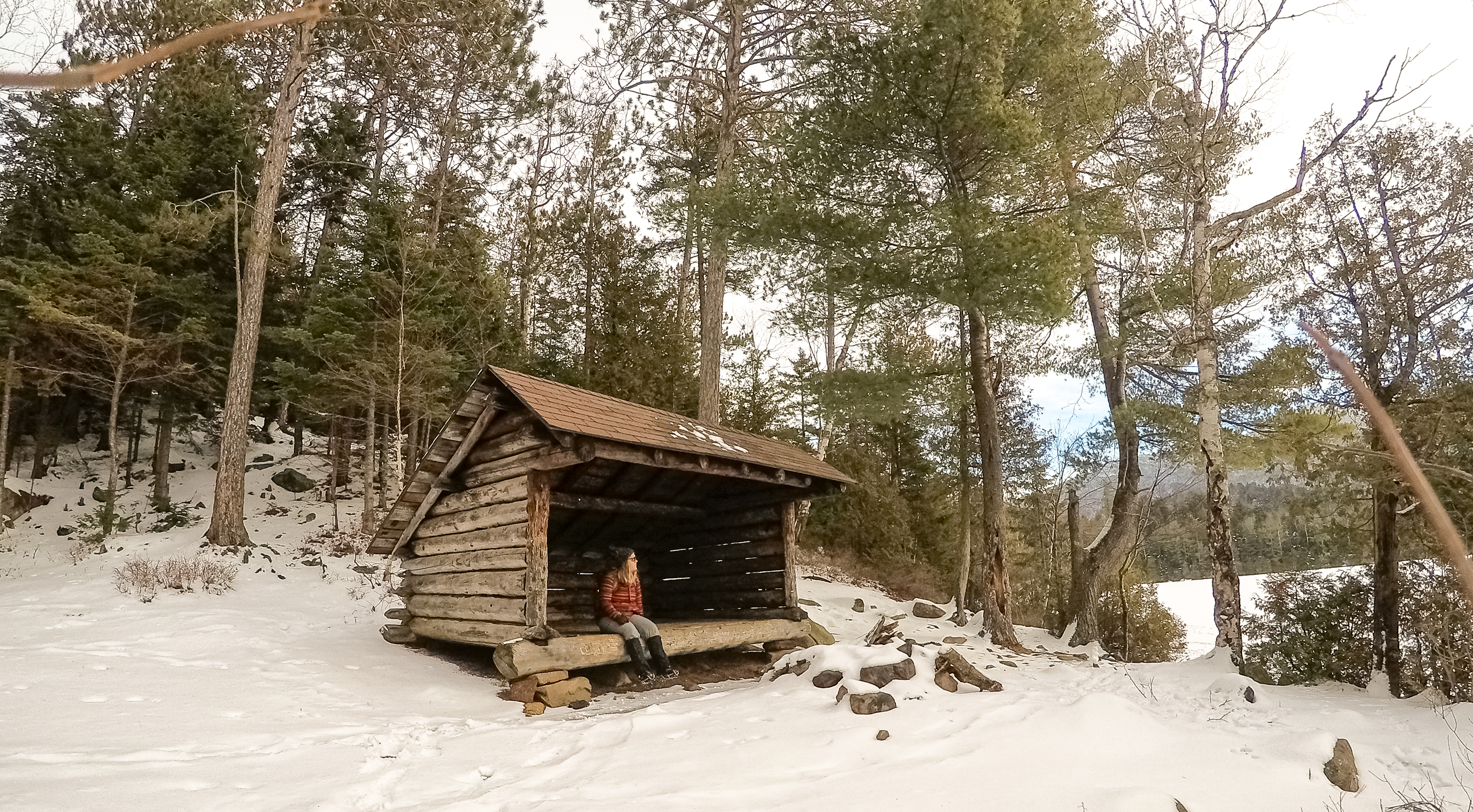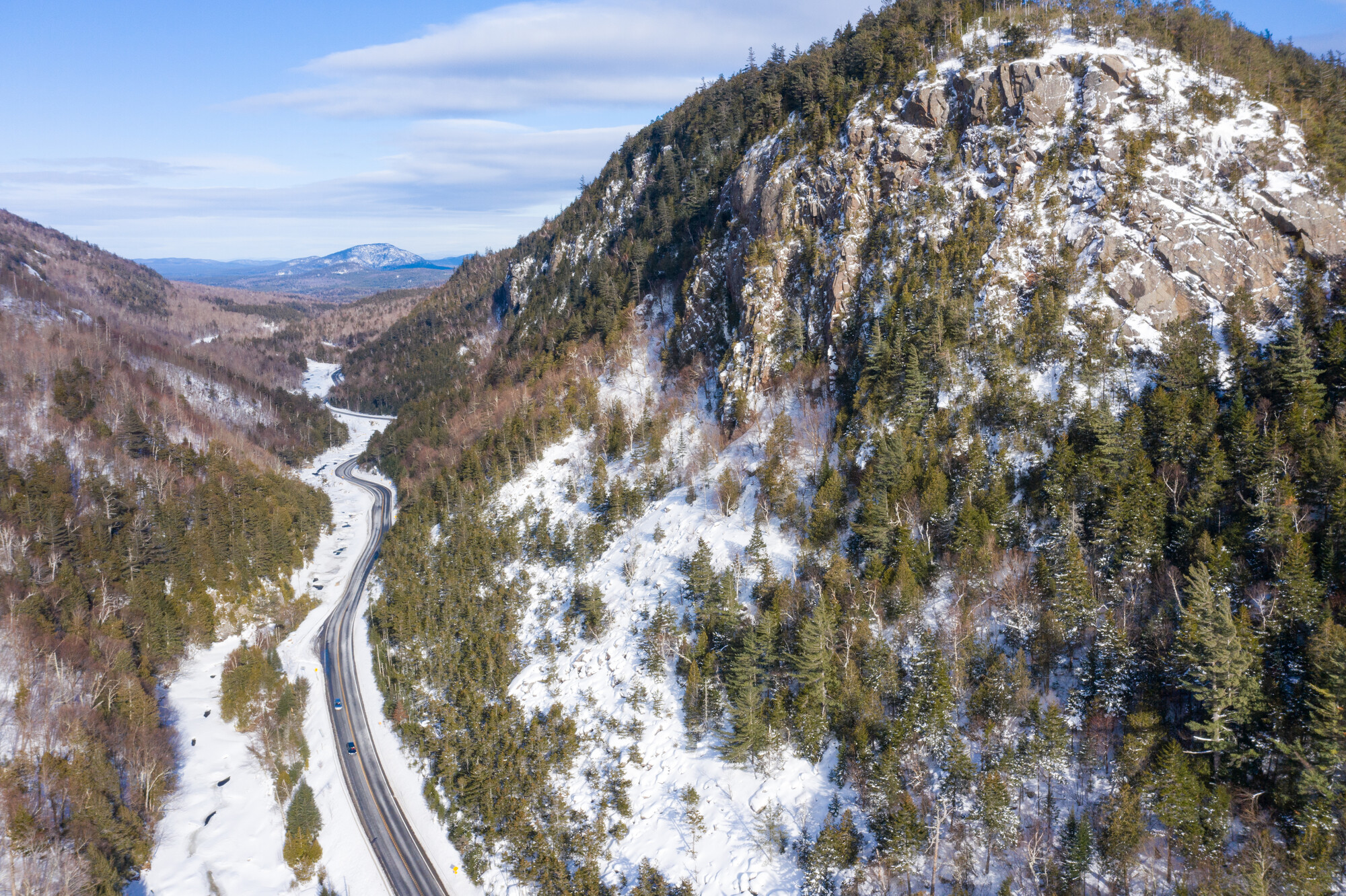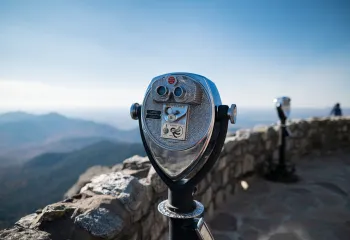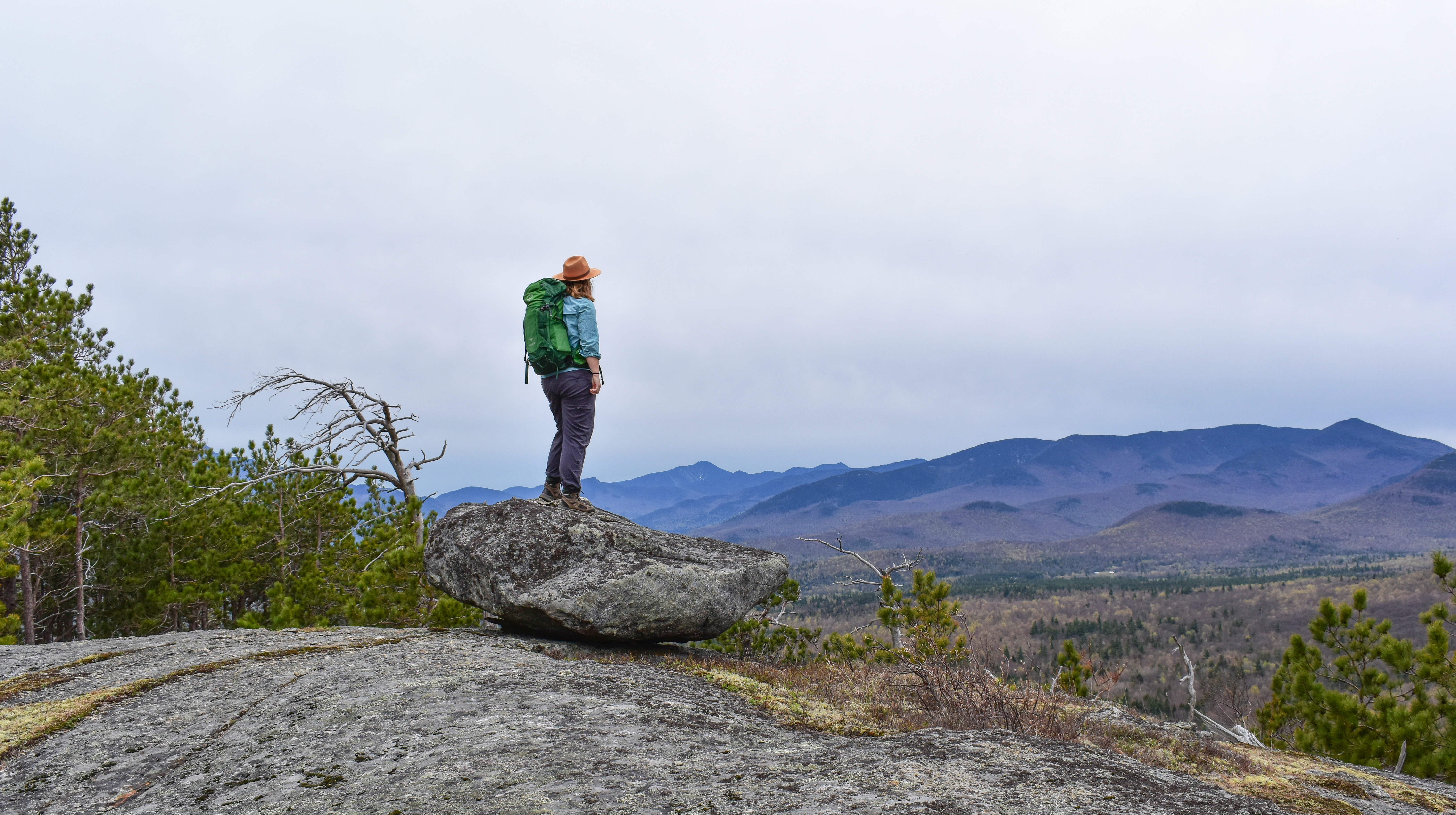
Wilderness is many things: it’s big, it’s sometimes scary, it’s rugged, it’s a foil to civilization. It’s also a sanctuary, a retreat, a place where the mark of humans is not supreme.
By definition in the Adirondacks, a “wilderness area, in contrast with those areas where man and his own works dominate the landscape, is an area where the earth and its community of life are untrammeled by man - where man himself is a visitor who does not remain.” These areas have certain size requirements, opportunities for solitude, and ecological value. For comparison, campgrounds like Taylor Pond are classified as “intensive use.”
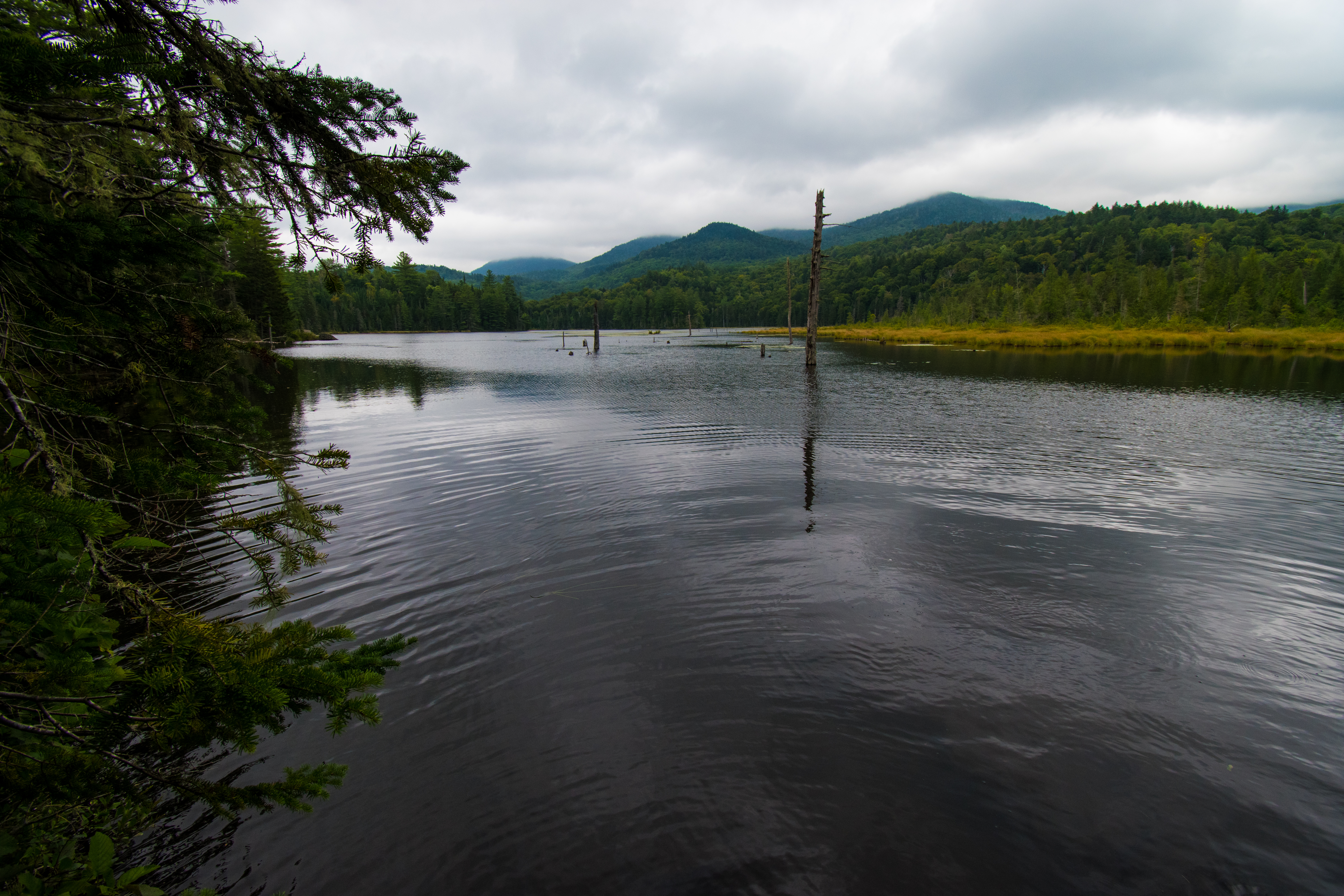
With that in mind, wilderness areas are really cool. They give us all an opportunity to get out in the wild and see the environment in a more natural, unaltered state. And fortunately for those who like to explore, there is a wilderness area right here in the Whiteface Region. The Sentinel Range Wilderness is not the biggest wilderness area in the Adirondacks, but what it lacks in size, it makes up for in fascinating history, incredible forests, and outstanding opportunities for exploration.
Where the heck is it?
The Sentinel Range Wilderness is roughly outlined by Routes 86, 73, and 9N, and Springfield Road in Jay. In total, it’s 23,874-acres. That seems like a lot, but it’s only a fraction of the size of the nearby High Peaks Wilderness. To really drive home how wild this place is, there are less than 11-miles of established trails in the entire Sentinel Range Wilderness. Most of the activity, then, occurs along the edges, where popular trails like those at Pitchoff, Copperas Pond, and the Jackrabbit ski trail are located.
Why it’s cool
Determining something’s level of “cool” is very subjective, but there is definitely some cool history here, both human and ecological.
Human history
You’re probably aware that the Olympic Winter Games were hosted not once, but TWICE, in Lake Placid, New York, just down the street from the Sentinel Range Wilderness. While Olympic venues like Whiteface Mountain are the stars of the show today, there are some wild places with Olympic legacy. Prior to the 1932 Games, cross-country ski trails were cut around Whiteface, Street, and Nye mountains and Mount Van Hoevenberg, and the existing North and South Notch ski trails in the Sentinel Range were improved. When the Olympics were held in February 1932, a thaw melted much of the snow in the area before all of the events were completed. The North and South Notch Trail loop was chosen for the 50-kilometer ski race because it had the best snow conditions of all available trails.
Do the North and South Notch ski trails still exist? Kind of. They’ve been abandoned and are no longer maintained, but those with dedication and good map and compass skills can find traces of these trails in the thick forest.
Moving forward in time from the 1930s, more and more people began to embrace resort skiing. This is when the cross-country ski trails through the Sentinel Range were abandoned. Whiteface Mountain officially opened in January 1958, bringing resort skiing to the area. However, in the 1970s and 1980s, there was a renewed interest in cross-country skiing. In 1986, some work was done to reopen certain historic ski trails, including what is now the famous Jackrabbit Trail.
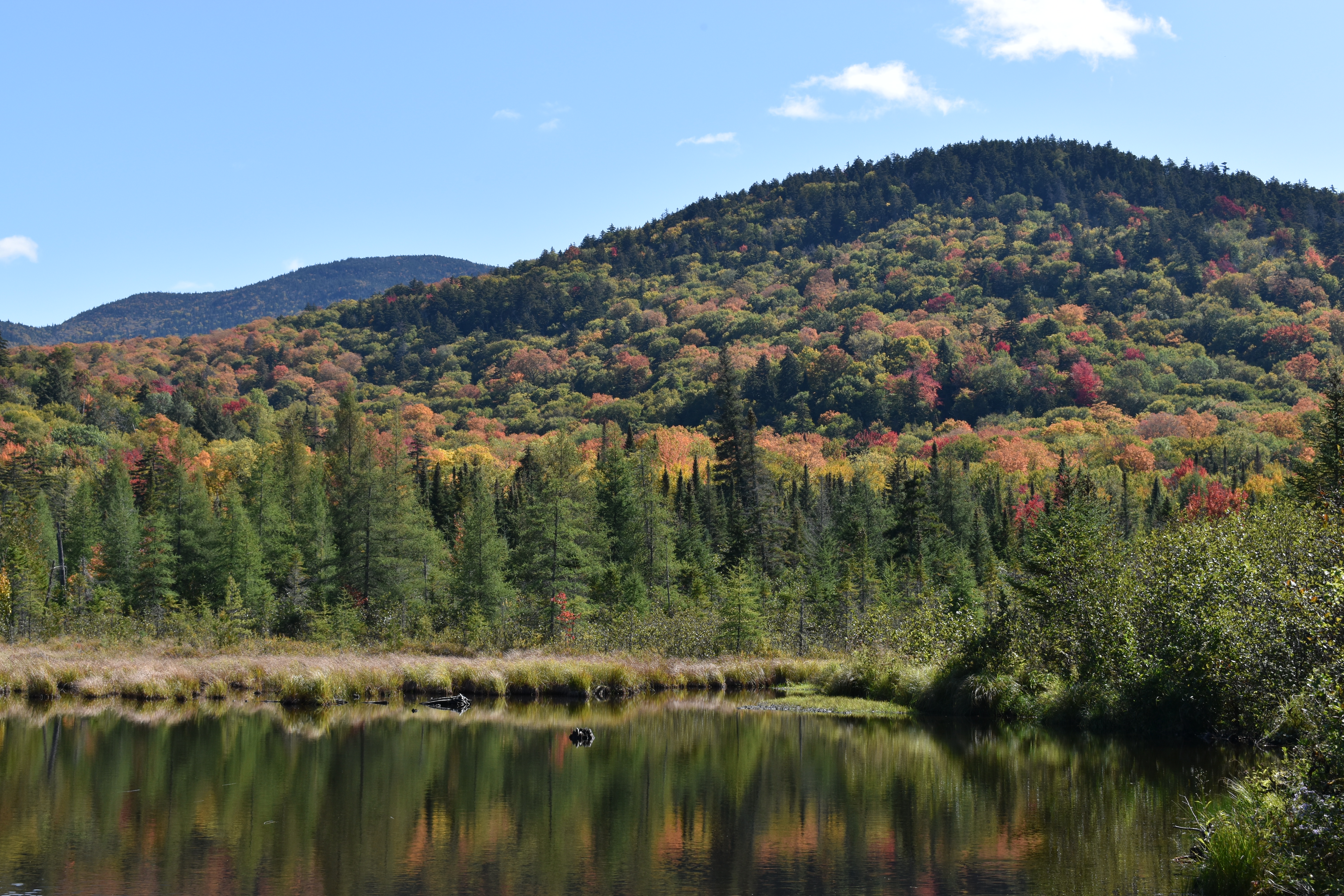
Here are some other interesting facts about the Sentinel Range Wilderness:
- Lands in the Sentinel Range Wilderness were originally known as “The Old Military Tract.” This land was set aside by the state in 1786 as a memorial of public gratitude to compensate Revolutionary War veterans for their service. Unfortunately, much like many places across the Adirondacks, The Old Military Tract was deemed “too remote” to be of value, and there were no known settlements in the area until the beginning of the 19th Century, but even then the settlements were on the periphery. The communities of Keene, Jay, and Wilmington were formed.
- Much of the logging in the area was done by J. And J. Rogers Company of Au Sable Forks. Beginning in the 1830s, this company soon became one of the largest iron and iron product producers in the country. This came at a cost, though; to supply the large output, thousands of acres of forest in the present-day Sentinel Range Wilderness were logged to create charcoal to fuel the forges.
- J. And J. Rogers Company logged softwoods in the early 1900s. Logs were moved to the Ausable River to be floated to the mill in Au Sable Forks. Some were first brought to Owen Pond, where they would then be driven to the Ausable River.
Natural history
If you look at the Sentinel Range Wilderness on Google Maps, you’ll notice it’s mostly forested. In fact, only 2% of the unit is classified as wetland. There’s a lot of trees here!
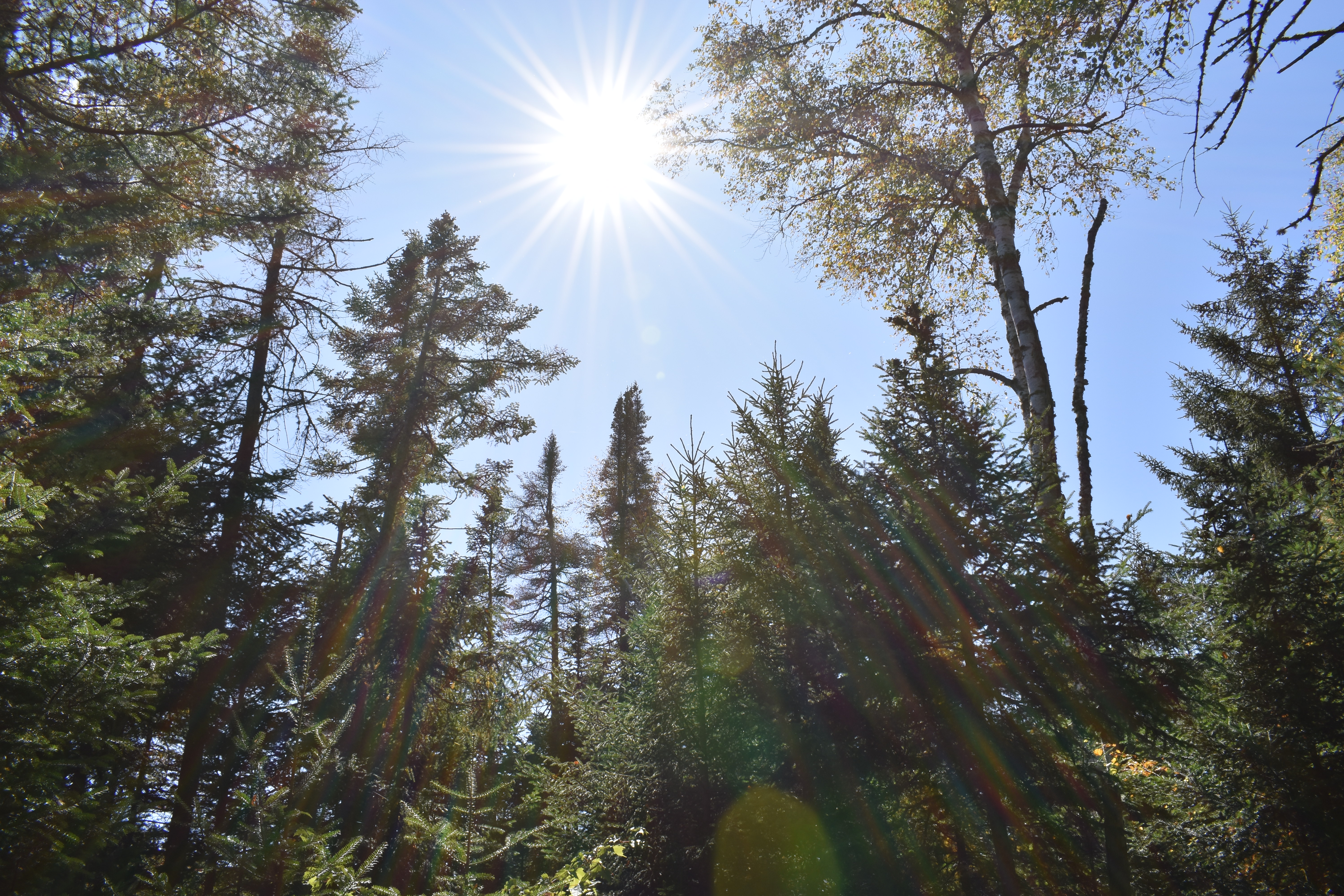
But that’s not all:
- Bedrock in this area has been folded and faulted over the millennia to relieve underground, internal pressure. Valleys form in these areas, most following a north-northeast direction, and perhaps the most noticeable example is the Wilmington Notch.
- There are eight ponds and several headwater streams that are tributaries to the Ausable River in the unit. Seven of these ponds contain brook trout, a popular sport fish.
- Much of the land in the Sentinel Range Wilderness is part of a transition zone between the boreal forests of the north and mixed hardwood forests to the south.
- In 1903, large forest fires swept through the southern portion of this wilderness, leaving some summits burned over with exposed rock outcrops.
- There are some trailless summits in the Wilderness Area that have pure red pine stands, indicating past forest fires.
- Near the community of Upper Jay, the Sentinel Range Wilderness provides great habitat for wintering white-tailed deer.
- At present, no non-native aquatic invasive plant species are found within the Wilderness.
- The steep, rocky cliffs of some of the mountains make great habitat for nesting Peregrine Falcons.
No matter what season you visit the Whiteface Region, the Sentinel Range Wilderness is ready for exploration!
Get wild!
Wilderness is a place to make unforgettable memories with family and friends or find solitude for yourself. However, preparation is key. Whether you’re out hiking, snowshoeing, rock climbing, camping, ice climbing, or fishing, remember to Love Your ADK and pledge to protect the Adirondacks so that future generations can continue to enjoy the wild places found here.

